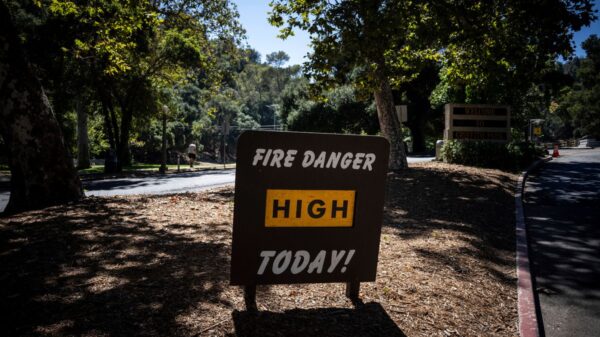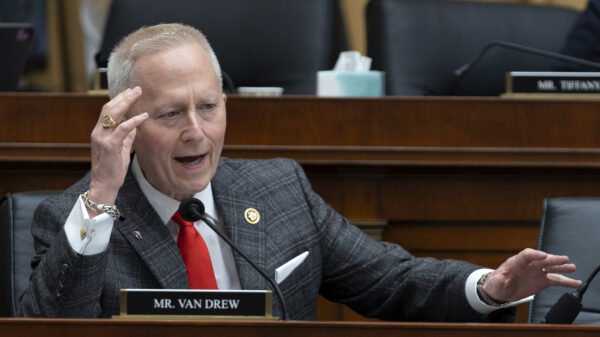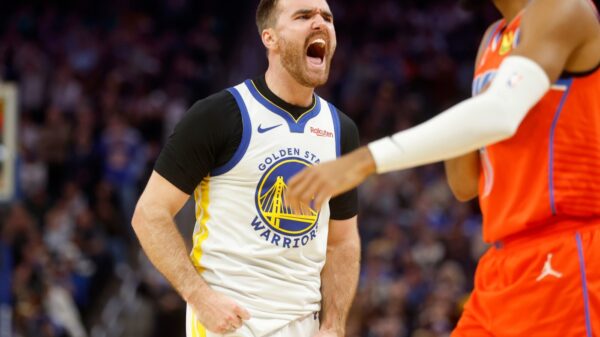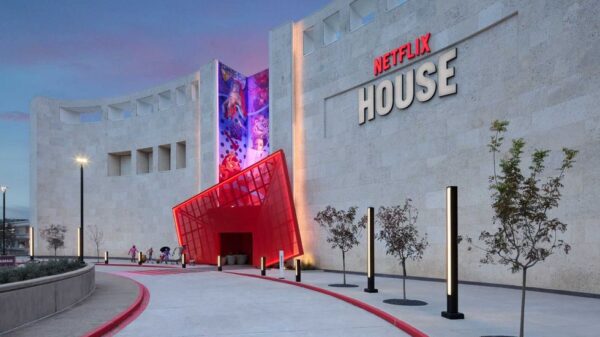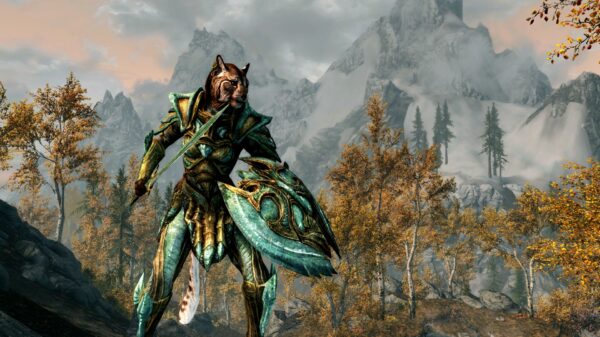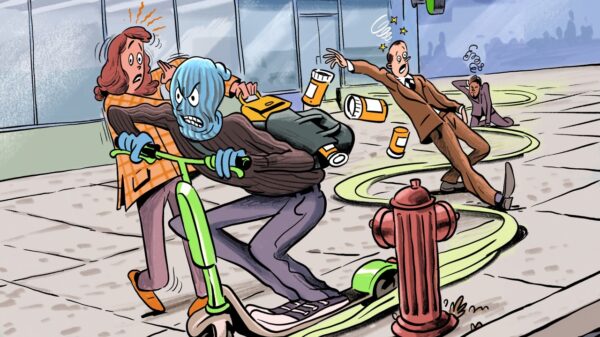In a significant shift within the professional wrestling industry, several wrestlers from All Elite Wrestling (AEW) have expressed a desire to leave the promotion, seeking opportunities to perform with World Wrestling Entertainment (WWE). This development highlights a stark change from the initial excitement surrounding AEW’s launch in 2019 when it was hailed by Cody Rhodes as the “Ellis Island of professional wrestling.”
At its inception, AEW positioned itself as a refreshing alternative to WWE, which had garnered a reputation for its restrictive creative environment. Many wrestlers felt stifled under WWE’s management, where they were often sidelined despite their talent and fan support. The promotion was known for its erratic decision-making, leaving some performers feeling “warehoused” and unable to express their artistry.
Initially, AEW promised a creative haven where wrestlers could showcase their abilities with fewer constraints. The promotion emphasized self-expression, allowing its talent to cut their own promos and engage in more dynamic storytelling within their matches. AEW’s marketing portrayed it as a utopia for wrestlers, contrasting sharply with the perceived dystopia of WWE, where creative control was often absent.
However, as of 2024, the narrative has begun to shift. Reports indicate that wrestlers such as Fenix, Ricky Starks, and Mariah May are now looking to the WWE for their careers. This change comes amidst claims of mismanagement within AEW, which has reportedly persisted for at least two years.
The allure of WWE remains potent for many in the wrestling world, driven by nostalgia and the promotion’s long-standing dominance in the industry. Despite a lack of critical acclaim in recent years, WWE continues to attract talents who grew up watching its programming, highlighting its deep-rooted influence.
As AEW faces challenges, the perception of the promotion is evolving. Once viewed as a beacon of opportunity, it has, for some wrestlers, become a place that lacks the promised support and creative freedom. The recent expressions of discontent from various wrestlers serve as a reminder that even the most promising environments can falter under the weight of internal issues.
While the reasons behind this shift are complex and multifaceted, the body language and social media activity of wrestlers provide insight into their sentiments. Indications of dissatisfaction are often reflected in their interactions and public statements, suggesting that the perceived utopia may not be as inviting as initially thought.
As AEW navigates its future, the challenge will be to address these concerns and regain its standing as a desirable destination for professional wrestlers. The wrestling landscape is in constant flux, and how AEW responds to these developments will determine its trajectory moving forward. The ongoing competition between AEW and WWE will undoubtedly continue to shape the careers of wrestlers and the overall dynamics of the wrestling industry.

